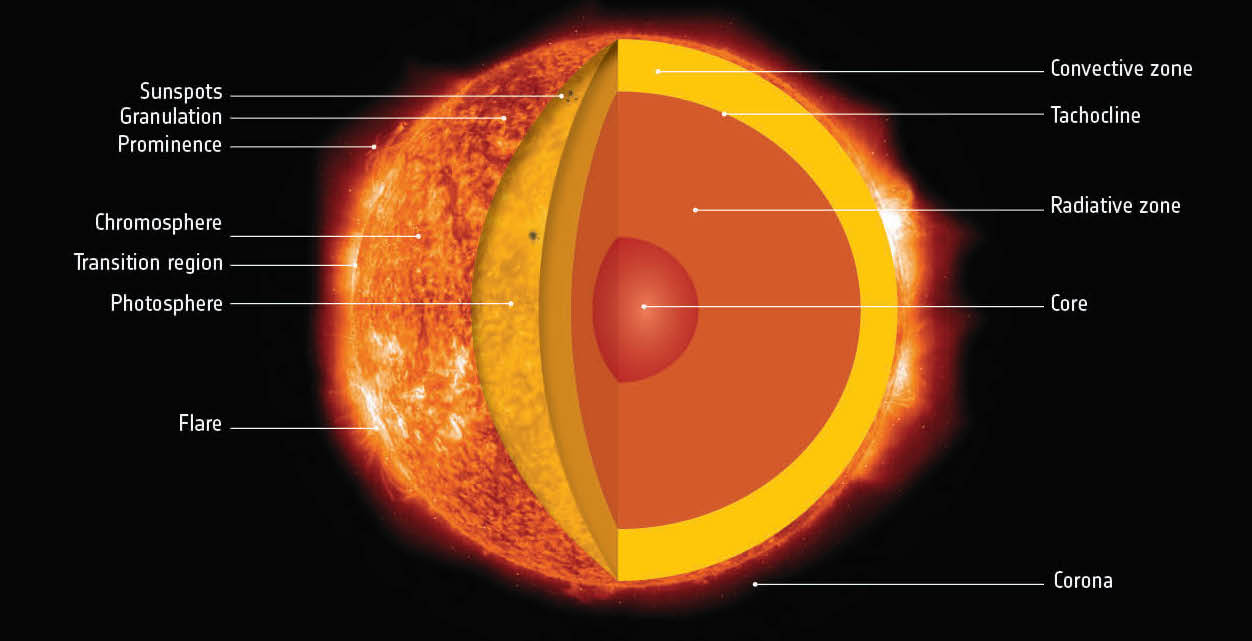Physicists mimic gravity inside the sun using sound waves
"We don't need to go into space to do these experiments anymore."

Physicists have replicated the kind of gravitational field found in or near the sun using sound waves inside a sphere of hot plasma, creating a field analogous to gravity that is able to overcome the effect of Earth's gravity that can drag such experiments down.
The sun's visible surface — the photosphere — is a roiling, turbulent sea of convective plasma. Plasma is simply ionized gas — gas in which the atoms have been shorn of an electron, giving them an electrical charge. Hot plasma rises from deeper within the sun to the photosphere, with cooler plasma sinking back down where it is reheated and eventually recycled back to the photosphere.
This convective motion is radial, outward from the center of the sun, but trying to replicate radial plasma fields on Earth faces one big problem: our planet's gravity, which drags down toward Earth rather than to the center of the plasma field in a laboratory experiment.
Related: Facts about the sun's age, size and history

Because so much of our understanding of space weather begins with understanding the behavior of plasma and magnetic fields on the photosphere, it's important to have a clear insight into those radial convective processes. In the past, scientists had resorted to sending experiments into space on board the space shuttle to get away from Earth's interfering gravity.
Now, physicists led by John Koulakis of the University of California, Los Angeles, have circumvented Earth's gravity by creating a radial force analogous to gravity inside the sun, using sound waves.
"Sound fields act like gravity, at least when it comes to driving convection in gas," said Koulakis in a statement.
Breaking space news, the latest updates on rocket launches, skywatching events and more!
Koulakis' team filled a rotating glass sphere 1.2 inches (3 centimeters) across with a plasma of sulfur atoms. Microwaves were then employed to heat the plasma to 5,000 degrees Fahrenheit (2,760 degrees Celsius) and generate spherically symmetric acoustic waves that exerted a radial force on the plasma analogous to the gravity on the sun, with the strongest "gravity" at the center of the sphere.
"With the use of microwave-generated sound in a spherical flask of hot plasma, we achieved a 'gravity field' that is 1,000 times stronger than Earth's gravity," said Koulakis.
Applying sound to create this effective gravity caused the hot plasma to move from the center radially outward to the inner surface of the glass sphere, triggering a "convective instability" that replicates the convective plasma currents that on the sun transport hot plasma to the photosphere and prompt cooler plasma to sink. This works because the sound waves exert a different pressure on the plasma depending on the plasma's temperature, drawing cooler plasma to the center of the sphere, where it grows warmer and rises again.
"What we showed is that our system of microwave-generated sound produced 'gravity' so strong that Earth's gravity wasn't a factor," said study co-author Seth Putterman, of the University of California, Los Angeles, in the same statement. "We don't need to go into space to do these experiments anymore."
The research was published on Jan. 20 in the journal Physical Review Letters.
Follow Keith Cooper on Twitter @21stCenturySETI. Follow us @Spacedotcom, Facebook and Instagram.

Keith Cooper is a freelance science journalist and editor in the United Kingdom, and has a degree in physics and astrophysics from the University of Manchester. He's the author of "The Contact Paradox: Challenging Our Assumptions in the Search for Extraterrestrial Intelligence" (Bloomsbury Sigma, 2020) and has written articles on astronomy, space, physics and astrobiology for a multitude of magazines and websites.
